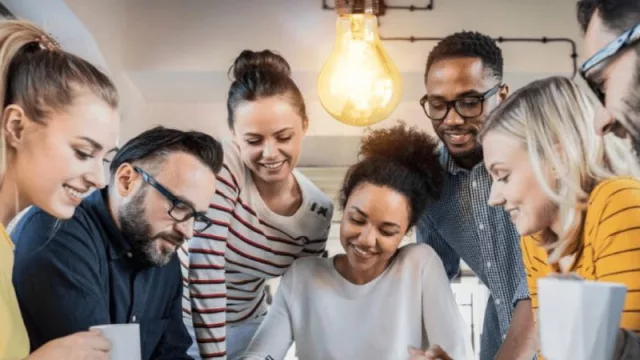But how does a tire brand get involved in recognizing the best restaurants when it's not even their area of expertise?
It is clear that if you travel more kilometers to enjoy Michelin-starred restaurants, you will increasingly use tires from that brand.
This is an absolutely forward-thinking, cross-promotion, generous, and strategic approach that few brands dare to take because it is so logical and powerful.
How did it all begin?
Well, it all started in 1900 when Michelin came up with the idea of creating a brochure that provided travelers with destinations and recommendations for their car journeys. The success of this comprehensive series, known as the Michelin Guide, not only became a tradition but also underwent evolution.
In 1926, this publication began awarding stars to establishments that offered the best culinary experiences, becoming a reference in the culinary world.
What does the awarding process entail?
The selection of restaurants is organized through a star allocation system, with the most prestigious accolade being the attainment of three stars by a restaurant.
This rating is given to restaurants that offer a unique cuisine that justifies a specific trip to their location. The restaurant that receives two stars provides exceptional gastronomy worth deviating from the path, while one star is awarded to a high-quality establishment worth stopping for.
Whether in Paris, Tokyo, New York, Shanghai, or any city included in the list of 40 metropolises, restaurants are evaluated based on five criteria: quality of ingredients, harmony of flavors, mastery of culinary techniques, the personality the chef expresses through their cuisine, and consistency over time between each visit and each dish on the menu.
Additionally, Michelin's gastronomic inspectors also particularly appreciate the Bib Gourmand, another distinction awarded within the Guide's selection of restaurants. This section, symbolized by the face of the Michelin Man - Bibendum - licking his lips, highlights restaurants that offer quality cuisine at a moderate price.
What about the rating process?
Another aspect worth mentioning is that Michelin Guide inspectors are known for their anonymity as well as the stars they award. Responsible for selecting the world's best culinary establishments, these Michelin Group employees have professional training in hospitality or cuisine and have worked in the restaurant or hospitality industry for several years.
To ensure fairness and impartiality in their evaluations, inspectors visit each restaurant incognito. They make reservations, order their food, dine, and pay the bill like any other customer. With this independence and anonymity, inspectors can dedicate their full attention to evaluating restaurants, no matter how much time is needed.
That's why, a century after its creation, the Michelin Guide remains a reference in the gastronomic world. Every decision to select and potentially distinguish a restaurant is made collectively after multiple visits by different inspectors.
By employing rigorous evaluation standards and maintaining the highest level of anonymity, Michelin ensures that its stars shine brightly on the most deserving culinary establishments. So, the next time you see a restaurant adorned with Michelin stars, you'll know it's an extraordinary culinary experience that has been recognized by experts who appreciate the artistry and passion behind the plate.
Now, let's explore some of the historically acclaimed restaurants that have garnered Michelin stars throughout the years. From iconic French establishments like Maison Troisgros and Le Bernardin to celebrated international venues such as El Celler de Can Roca and The Fat Duck, these culinary destinations have achieved legendary status in the gastronomic world.
As for the countries with the most Michelin stars, France undoubtedly leads the group, being the birthplace of Michelin and home to many renowned restaurants. However, Japan has also emerged as a culinary powerhouse, with numerous Michelin-starred restaurants.












Tu opinión enriquece este artículo: